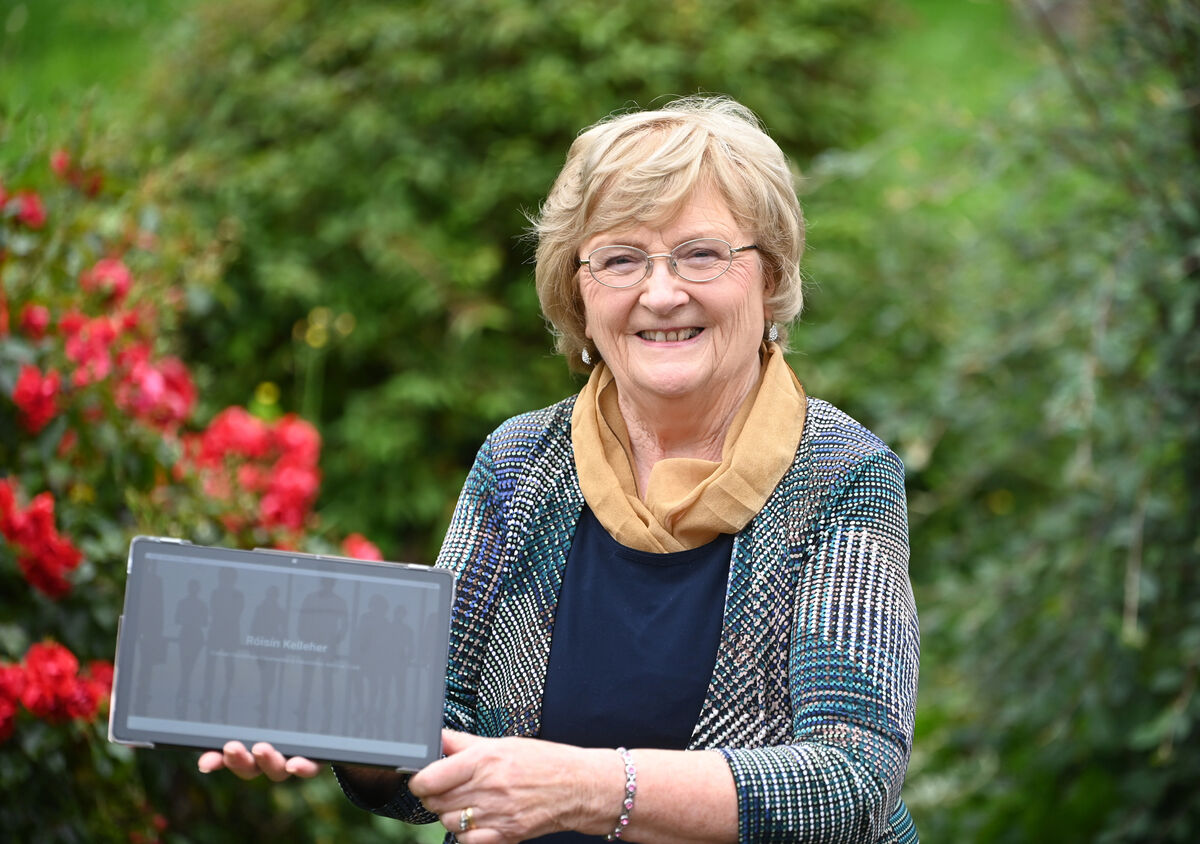Career guidance: Helping your child get on the right career path

What do you want to be when you grow up? Most children barely make it past senior infants before they’re asked this question.
WHAT do you want to be when you grow up? Most children barely make it past senior infants before they’re asked this question.
Yet even very young children give their parents hints and indications about their future career hopes, says Cork-based career guidance counsellor Róisín Kelleher.
Many of these hints may come from how your child plays.
Kelleher asks: “Are they interested in making things, fixing things, building things? Are they interested in sport, in animals and pets, in being outside? Are they interested in music, dance, and movement?”
Research bears out the connection between how children play and adult career choices.
A survey, commissioned by The Genius of Play, of 2,000 adults in the US, found that 33.3% say that how they played as children impacted the career they pursued.
Meanwhile, 2014 research by retail group Argos found that 60% of people working in design-led jobs — for example, architects — enjoyed playing with building blocks as children.
And 66.6% working in maths-related roles — accountancy, banking — preferred puzzles when they were children.
Even the most ordinary things can inspire in children what they want to be when they grow up and everything has its place, says Kelleher.
“For parents, it’s about not dismissing anything, but not making a great fuss of anything, either. Their own natural curiosity will draw children to something.”
But at what stage of our child’s schooling should their career choice be something a parent seriously considers?
As early as sixth class, Kelleher says, when you’re deciding on a secondary school, even if the options might be limited by what’s available in your area or by your child’s preference for a school their friends will be attending.
However, says Kelleher, parents should consider the subjects available in the school and how the school manages subject choice.
“Do first-years get exposure to all the subjects taught in the school? Sometimes, they’re asked in sixth class to select their first-year subjects,” Kelleher says.

Guidance counsellor Gemma Lawlor runs Reach Guidance, which offers educational and career counselling for young people and their parents.
She agrees that a child’s choice of subjects in first year can restrict or broaden their options later.
“For example, if a child doesn’t choose science for Junior Cert, it will rule out various courses and careers when secondary school is over,” she says.
“Junior Cert is the foundation for Leaving Cert, so it would be hard to take up physics or biology in fifth year if you didn’t have the three-year foundation in science.”
Lawlor says schools typically do encourage, or insist, that students take a language and a science subject in first year.
“But some schools make them an optional subject. Parents need to know that if these are excluded, it can have consequences down the line.”
Kelleher points to the next critical juncture when parents need to take their child’s course and career aspirations seriously: When they reach Junior Cert and transition year.
“Some schools will [look for] decisions about senior cycle subjects before the child even sits the Junior Cert. Ideally, this should be done post-Junior Cert.”
When choosing subjects for Leaving Cert, Lawlor advises students (and parents) to be guided by three questions: What are you good at? What do you like? And what might you need?
“If a child has an aptitude for a language or for art, let them do these. Be sure to keep in mind the whole science element — so many careers need it. Ensure they don’t limit their options.”
If the young person has a certain career in mind, Kelleher says the correct decisions around entry requirements have to be understood by both parents and child.
“Do they need one or two foreign languages, a science subject, or maths at a higher level?” She never advocates putting pressure on young people, but encourages them to take subjects at higher level if able to do so.
Kelleher says: “My job is to point out the advantages and disadvantages of their choices. It’s fine to take a subject at ordinary level as long as they know what the consequences could be for a subsequent career [they might want to pursue].”

- Take an active interest in your child’s education. Attend parent-teacher meetings and open evenings. “Keep close contact and open communication with the school, so that you’re aware. Teenagers often don’t want you to do this, but it’s incumbent upon you to keep up.”
- Be super-aware that it’s important a child’s chosen path is in harmony with who they are as a person. “A parent’s job is to help their child become the best person they can be. There can be a huge temptation to live vicariously through our children and to put our interests and hopes on them.
- Get your child professional, independent advice towards the end of Junior Cert to get an idea of what course to do. For example, transition year, LCVP (Leaving Cert Vocational Programme), LCA (Leaving Cert Applied).
- Become familiar with careersportal.ie, which gives advice on everything to do with progression from secondary school to the world of work. Attend open days in fifth year. “If your child’s interested in horticulture, go to the Teagasc open day. If it’s business in UCD, go there. Have real conversations around what’s feasible. For most families [today], it’s not feasible to send a child to college in another city, especially if you weren’t planning for it.”
- Allow your son or daughter time to grow and consider. Until the end of fifth year, a young relative of Lawlor’s wanted to do fashion design. “She’s now training in pathology, having done science and graduate medicine. She has never been happier. This was after she researched careers and college courses. She got good advice and looked at what school subjects she was good at.”
- Once they’re 16, encourage your child to take different part-time jobs. “If they’re younger, do you have family who’ll take them on in any retail or agricultural role? It’s important they work, experience jobs and customer service, being cold, getting up for work. They learn a lot from this about what they like and don’t like.
- When students are making a course choice for college, they need to do their own research on what’s involved. What’s covered in the modules? How are they assessed? Is there work experience, or a year abroad? “Remember, their choice of course is one they’re making for the next three or four years.”
- Know there are myriad new jobs and careers available now that were unheard of in their parents’ generation. And that the permanent, pensionable job isn’t as common anymore. “People tend to go on contracts now. There’s a lot of fluidity within jobs. It’s much more dynamic and people’s careers tend to change every five to seven years — your child will likely have a whole portfolio of careers in their lifetime.”
- Details of Kelleher’s career assessment are available at www.roisinkelleher.ie





